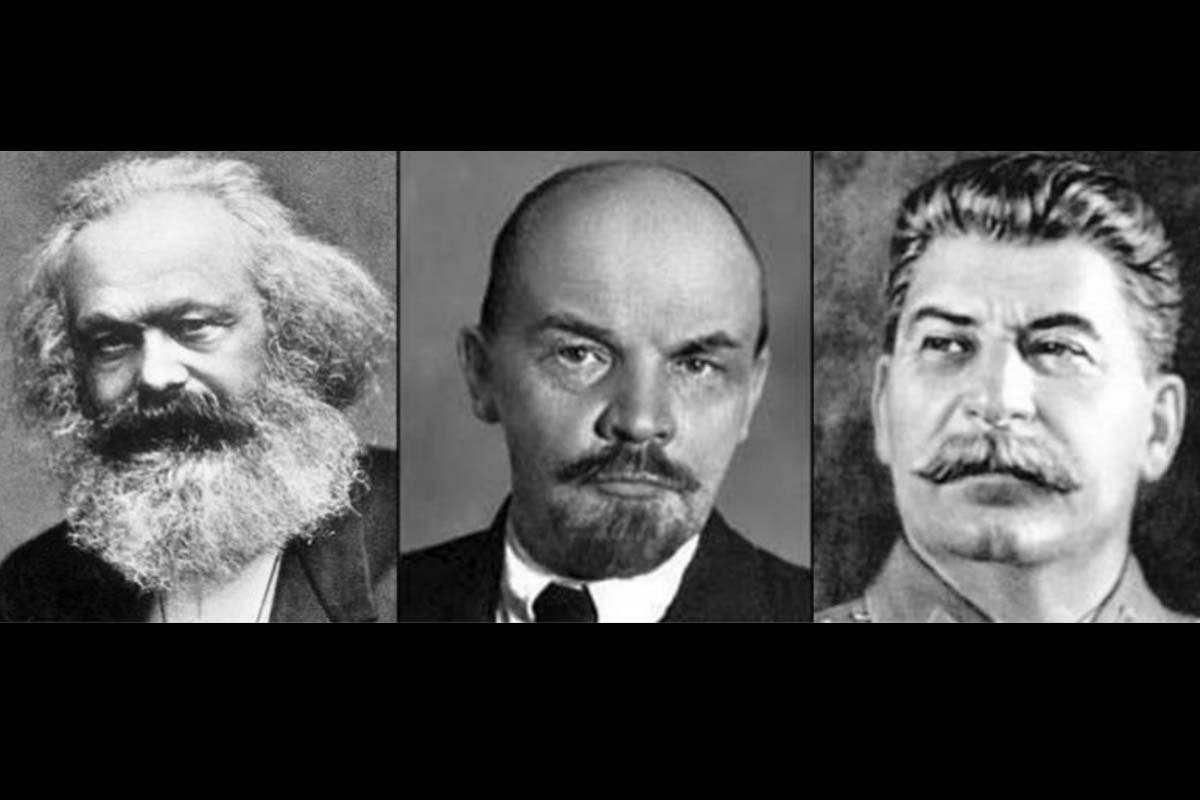The concept of socialism is often confronted with the limitations of the concept of capitalism But while dealing with the doctrine of socialism we have to grapple with a variety of issues. Chief among these is whether socialists have been able to evolve a definite model. The second issue is that whereas in the former Soviet Union and China cetralised economy failed and reforms were introduced. And while the reforms failed in the Soviet Union, they succeeded in China? The third issue that calls for reflection is how far in India did Subhas Chandra Bose’s idea of socialism conform to either the Soviet model or the Chinese concept of socialism.
In today’s world although capitalism has succeeded in gaining stability, it has failed to resolve certain problems. In the United States, for example, it is true that the capitalist economy has reached its peak but there is no denying that the economy has utterly failed to tackle the problems of unemployment, inequality and corruption.
Advertisement
Socialism, despite its eclipse in the Soviet Union and other East European countries, has not still lost its appeal as an ideology because it seeks to uphold the banner of addressing the malaise of unemployment, corruption and inequality.
Who were the architects of socialism? What was the model of socialism as envisaged by them? Shall we consider Lenin and Stalin as the pioneers of the doctrine of socialism? Did they succeed in evolving the model of socialism? Lenin was not consistent in evolving the model. During wartime Communism he stood for total nationalization ,but after the civil war he favoured a mixed economy. Stalin on the contrary stood for a planned economy and collective farming. Can Stalin’s planned economic system be considered to have placed him over and above Lenin’s fluctuating stance? Again if Stalin’s collective farming system is equated with socialist system then how far will Lenin’s reliance on individual or family farming be consistent with socialism?
In order to realize socialism, Lenin and Stalin sought to combine state initiative with popular initiative. Was it feasible? Could they evolve mechanisms to uphold the democratic character of the mass organizations? Repressive measures took the upper hand.
Lenin and Stalin could not evolve a definite model of socialism. Lenin’s position was fluctuating. It changed from time to time with changing circumstances. Although Stalin was a rigid anti-capitalist he also had to make compromises in certain limited fields with some of the features of capitalism.
Echoing Vladimir Abashkin, we can argue that it is true that Lenin and Stalin could not evolve a definite model of socialism but that does not imply that socialism has met its eclipse.
The Italian Marxist philosopher, Domenico Losurdo, notes that in the 1930s and 40s the heavily centralized Soviet economy was working well. However, after the period of frenetic building of socialism, the Soviet Union was characterized by massive absenteeism and disengagement in the workplace. Not only did production and development stagnate; there was no longer any application of the principle that influenced the socalled “socialism – remuneration” according to the quantity and quality of work done.
Losurdo contends that China in the late 1970s faced similar problems. China resembled the Soviet Union to an extraordinary degree in its last years of existence. The socialist principle of compensation based on the amount and quality of work delivered was substantially liquidated, and disaffection, disengagement, absenteeism and anarchy reigned in the workplace. By 1978 China faced challenges with a GDP per capita figure that was lower than that of India. Hundreds of millions of people in the villagesl faced food insecurity and poor housing conditions. The average monthly salary for Chinese workers was only 45 yuan and most of the rural areas were mired in poverty.
The post-Mao leadership came to the conclusion that the most important step to reinforce socialism and to quickly improve the living standards of the Chinese population was to develop the productive forces. Hence reform was necessary. Soviet attempts at economic reform did not meet with any great success. The tentative reforms during the Khrushchev and Brezhnev periods had minimal impact, and the Gorbachov-era reforms were basically disastrous. From the mid-1970s onwards, the Soviet economy entered what is widely considered to be a period of stagnation. According to Jude Woodward, the Soviet economy peaked at 44 per cent that of the US by 1970 but had fallen back to 36 per cent of the US by 1989.
After reforms were introduced in China, economic growth rates were transformed from the respectable 4-5 per cent of the Mao era to an annual growth rate of 9.5 per cent between 1978 and 1992. Comparing China’s GDP with that of India, Martin Jacques finds that in 1950 the per capita income of India was around 40 per cent higher than that of China. By 1978 they were roughly on a par. By 1999 China’s was not far short of twice that of India’s and by 2009 it was over three and a half times as great. In 1978 China’s GDP was around a quarter that of the Soviet Union. By the time the Soviet Union collapsed in 1991, China’s GDP was around half that of the USSR. Today, China’s GDP is nine times greater than Russia’s. It represented 4.9 per cent of the world’s total in 1978, but is likely to rise to 18-20 per cent by 2020.
The underground ‘second economy’ that undermined the Soviet system has not been an issue in China because the market is legal and heavily regulated. Vince Sherman writes that the gradual implementation of market reforms allowed the Communist Party to ensure the dominance of the socialist state over the private sector. Additionally, it forced ‘second economy’ enterprises to emerge from the black market and placed them under the control of the state. (To be concluded)











